Holding Vigil
THE NEWSLETTER
Dig Into Big Ideas at Commons
Holding Vigil
I used to belong to a church that took Stations of the Cross to the street. That sounds more punk rock than it was, but I still think about how that experience left an impression on what Holy Week means to me.
Every Good Friday, the community would trace the Stations of the Cross through the church’s neighbourhood. Each station was a place where the story of the city intersected with the story of Jesus’ last moments before the cross.
A community garden was a place to reflect on Jesus’ sorrowful prayer in Gethsemane. A military armoury was a place to reflect on the violence of an empire exerting power through crucifixion. The underside of a bridge was a place to experience the shadow of the tomb.
Under the bridge, the pilgrimage would end. We would set down rocks in the shape of the cross, blow out the lantern we’d been carrying with us, and walk away.
Some of us would return on Holy Saturday after sunset to sit in the tomb-like darkness and emptiness of what lies between Good Friday and Easter Sunday.
We gathered for Easter Vigil.
—
A week after the invasion of Ukraine, we met for a different sort of vigil at Commons: A Vigil for Peace.
We read scripture:
Why, Lord, do you stand far off?
– Psalm 10
We prayed confession:
Always in the midst of creation-glory, we see sin’s shadow and feel death’s darkness.
– The Iona Community’s “Service of Prayer for Justice and Peace”
We contemplated great thinkers:
Christianity stands or falls with its revolutionary protest against violence, arbitrariness, and pride of power … and with its apologia for the weak.
– Dietrich Bonhoeffer
At the Vigil for Peace, there was time to be quiet, guidance for reflection, and an opportunity to light a small candle.
Did our vigil change the outcome in Ukraine? Did it move the mighty hand of God? Did it make sanctions stick or stop lies in their tracks? I think we all know the answer: no, it did not.
But what a vigil does for me, and what it did for those who gathered, is simple. Without knowing the outcome, we face what is hard and imagine what is possible.
When your friend has a miscarriage, when your partner gets devastating news, when the cancer is back, you crawl into that dark space, get quiet, and wait. You remember that nothing in life is permanent – everything changes.
That is what vigil teaches us, be it the Easter Vigil before sunrise, or the Vigil for Peace before the end of this (or any other) war. It can be hard to see light when you are in the shadow of death, but there will be a sunrise after the night’s vigil.
—
Lent and Holy Week liturgies have always shaped how I practice faith.
If I only had the joy of Christmas Eve or the celebration of Easter Sunday, I wouldn’t need this Jesus stuff anymore. Faith wouldn’t feel true to the hardest seasons of our lives or the final moments of Jesus’.
Which brings us to Holy Week. Together we walk a path through the final chapters of the Gospels.
We’ll mark the start of Holy Week on Palm Sunday as Jesus faces down an empire determined to ruin him.
We’ll participate in the self-guided Stations of the Cross where we’ll trace the final moments before crucifixion.
We’ll meet to remember Jesus’ suffering on Good Friday.
And maybe, if you have the time, you’ll make a little quiet space in the dark for yourself to consider the Easter Vigil on Holy Saturday. Light a candle to keep watch, stay alert to what you want to see transformed, and then blow out the candle. You don’t have to be afraid of this dark. This story is not over.
Ultimately, we will meet on Easter Sunday to celebrate life in all its fullness.
Be well,
Bobbi
Stations of the Cross
We hold vigil in the Commons building during Holy Week through the reflective exercise of the Stations of the Cross.
Join us any time between 9am and 9pm on April 12 & 13.

